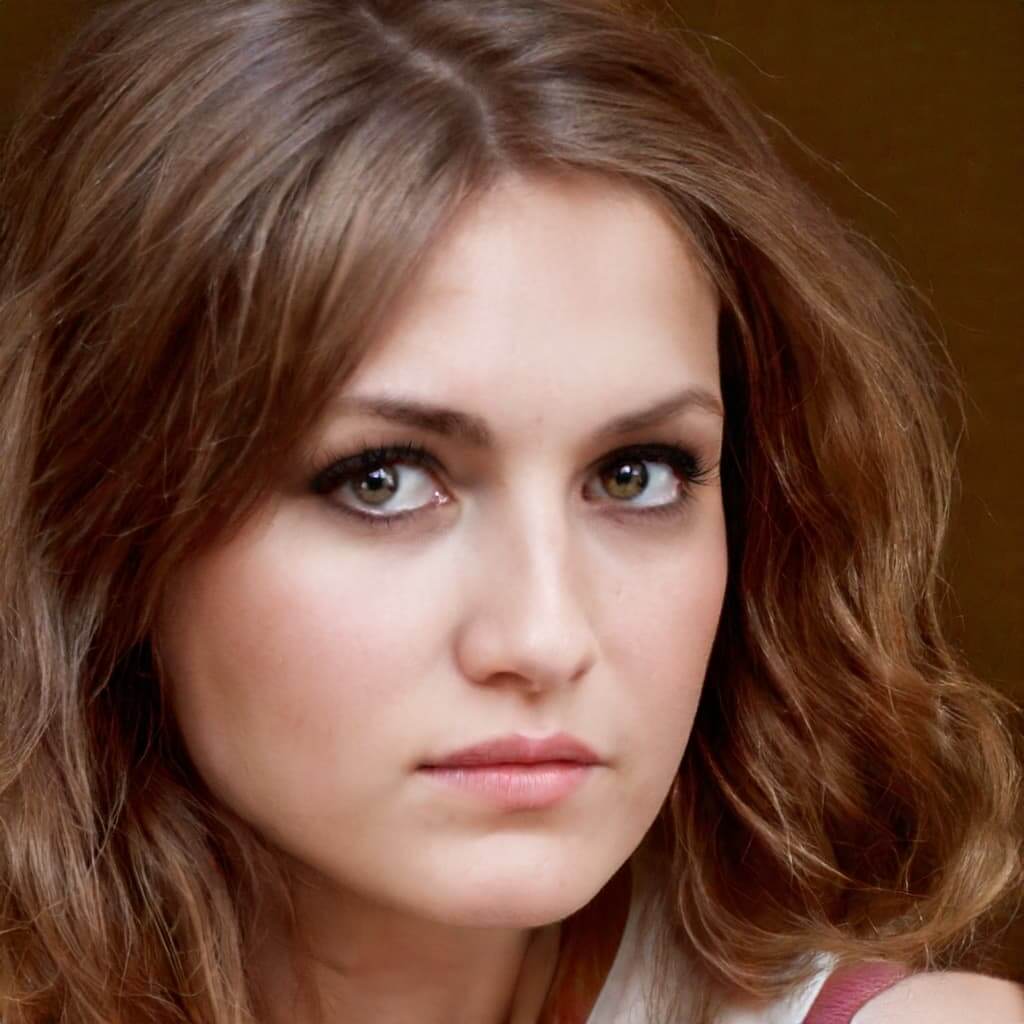NVIDIA Simplifies Camera Calibration for Enhanced AI Multi-Camera Tracking
NVIDIA has unveiled advancements in camera calibration aimed at enhancing the accuracy and efficiency of AI-powered multi-camera tracking applications. This development is part of the company's ongoing efforts to streamline processes within its Metropolis framework, according to NVIDIA Technical Blog.
Camera Calibration
Camera calibration is crucial for translating 2D camera views into real-world coordinates, enabling accurate object tracking and localization. This process involves determining specific camera parameters, which are divided into extrinsic and intrinsic categories. Extrinsic parameters define the camera's position and orientation relative to a world coordinate system, while intrinsic parameters map camera coordinates to pixel coordinates.
Calibration in Multi-Camera Tracking
NVIDIA Metropolis uses calibrated cameras as sensors to enhance spatial-temporal analytics in multi-camera AI workflows. Proper camera calibration is essential for accurately locating objects within a coordinate system, facilitating core functionalities such as location services, activity correlation across multiple cameras, and distance-based metric computation.
For instance, in a retail store, calibrated cameras can locate a customer on a floor plan map. In warehouses, multiple calibrated cameras can track a person moving across different sections, ensuring seamless monitoring. Accurate distance computation also becomes feasible with calibrated cameras, as it eliminates the variability caused by pixel domain inconsistencies.
Metropolis Camera Calibration Toolkit
NVIDIA's Metropolis Camera Calibration Toolkit simplifies the calibration process by providing tools for project organization, camera import, and reference point selection. It supports three calibration modes: Cartesian Calibration, Multi-Camera Tracking, and Image. The toolkit ensures that cameras are calibrated accurately, producing formatted files compatible with other Metropolis services.
Users can start by importing a project with provided assets or creating one from scratch. The calibration process involves selecting reference points visible in both the camera image and the floor plan, creating transformation matrices to map camera trajectories onto the floor plan. The toolkit also offers add-ons for regions of interest (ROIs) and tripwires, enhancing its utility for various applications.
Auto-Calibration for Synthetic Cameras
NVIDIA Metropolis also supports synthetic data through the NVIDIA Omniverse platform. The omni.replicator.agent.camera_calibration extension automates the calibration of synthetic cameras, eliminating the need for manual reference point selection. This tool outputs the necessary mappings with a click, making it easier to integrate synthetic video data into Metropolis workflows.
The auto-calibration process involves creating a top-view camera and calibrating other cameras by auto-selecting reference points. The extension computes the camera's intrinsic and extrinsic matrices, projection matrix, and the correspondence between the camera view and the floor plan map, exporting these to a JSON file for seamless integration.
Conclusion
Camera calibration is a vital step in enhancing the functionality of NVIDIA Metropolis applications, enabling accurate object localization and correlation across multiple cameras. These advancements pave the way for large-scale, real-time location services and other intelligent video analytics applications.
For more information and technical support, visit the NVIDIA Developer forums.

